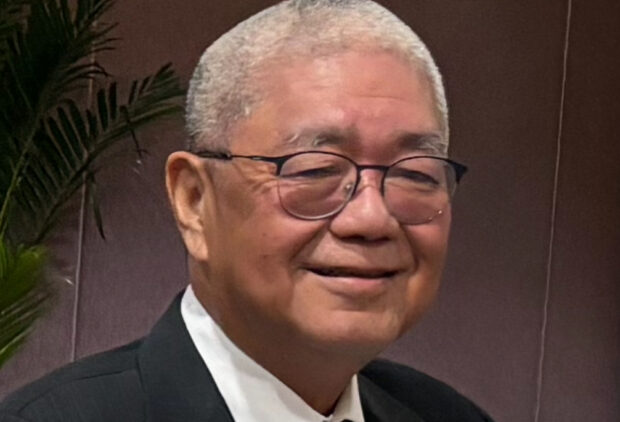MANILA, Philippines —The Bangko Sentral ng Pilipinas (BSP) is not in a rush to tweak its “hawkish” monetary settings as it flagged continuing consumer price risks arising from the Middle East turmoil and El Niño dry spell, alongside local transport fare and wage adjustments.
BSP Governor Eli Remolona Jr., when asked about a possible shift in monetary policy, told business editors on Monday night that the monetary regulator’s risk-adjusted inflation forecast of 4.2 percent for 2024 was still “above the range.”
He was referring to the BSP’s 2 percent to 4 percent inflation target range, which had been exceeded for the last two years through 2023, when inflation rate averaged 6 percent.
This suggests that the central bank will keep its key interest rates unchanged during the next policy meeting on Feb. 15.
READ: Rate cut in H1 ‘possible’–Remolona
Remolona said the country’s inflation rate for January—data on which would come out a week before the next policy setting—would likely be lower than the December rate of 3.9 percent.
“But I’d ignore that because of the base effect,” Remolona said. Such base effects would likely push down inflation during the first quarter, he added.
He noted that the BSP was still “hawkish,” which means the institution is biased for tight monetary settings amid continuing consumer price pressures.
But once risks dissipate, he said the BSP would like to slash the reserve requirement on banks, which he noted was “still very high.”At 9.5 percent of deposits and deposit substitutes, the reserve requirement imposed on banks in the Philippines is still higher than that of most peers in Southeast Asia.
READ: BSP chief: Bank reserves may be halved ‘eventually’
Remolona had said that a 5-percent ratio would be eventually feasible in the country.
More money
Any cut in the reserve requirement has the immediate effect of reducing intermediation costs as it frees up additional money for bank lending.
But Remolona noted that the BSP could not slash the reserve requirement while it was still hawkish.
BSP Deputy Governor Francis Dakila, who handles the monetary and economics sector, said the central bank had already factored in external factors, such as the conflict in the Middle East and the economic slowdown of China, in its risk-adjusted inflation forecast of 4.2 percent for this year.
READ: 2024 inflation seen slowing to 2-4%
Following the conflict in Israel, the BSP is likewise closely tracking the impact of the disruption of shipping in the Red Sea.
“That’s where our oil [import] passes through,” Remolona said.
For its risk assessment, the BSP has assumed the “extreme” scenario that global oil prices could hit as high as $100 per barrel, Dakila said.
Risks to inflation
“Red Sea is an upside risk. Another upside risk is El Niño because it may extend up to second quarter from the original forecast of first quarter,” Dakila said.
Meanwhile, Remolona said the slowdown of China was a concern, given that this would likely be a prolonged slowdown.
But the biggest risks to inflation this year would be the transport and wage hikes and the second-round effects, Dakila said.
During its last monetary meeting on Dec. 14, the Monetary Board (MB) said its monetary policy settings must remain “sufficiently tight” in the near term to better anchor inflation expectations and mitigate second-round effects. Its benchmark overnight borrowing rate is currently at 6.5 percent. INQ


